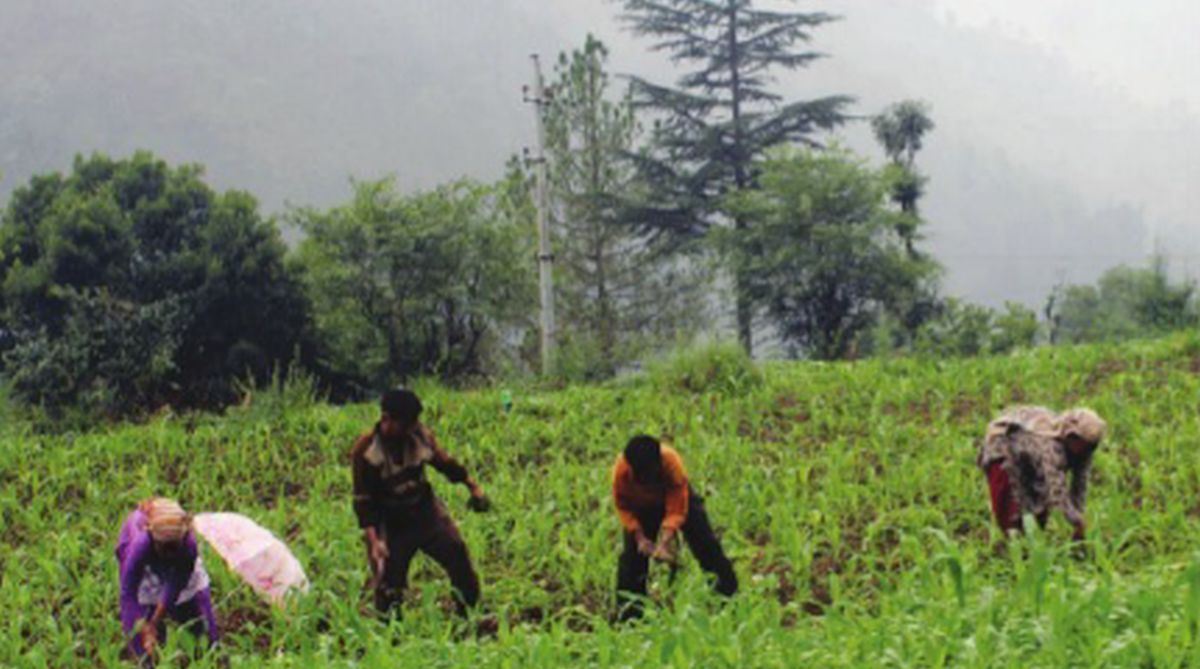PM Modi to release 19th instalment of PM-KISAN scheme at Bhagalpur, Bihar on Feb 24
Prime Minister Narendra Modi will release the 19th instalment of the PM-KISAN scheme at Bhagalpur, Bihar on Monday.

Representational Image.
Amongst the most disturbing divides in Indian agriculture are the sharply alienated perspectives of those who suffer a problem and those who drive solutions. At one end of the value chain are shrinking farm holdings and the shriveled, small and marginal farmer and at the other are the almost glamorous, technology-driven, artificial intelligence-guided food companies, whose success depends on upscaling.
These astigmatic trends are informed by a new narrative that Indian agriculture currently contributes around 15 per cent to the gross domestic product, compared to some 42 per cent in the 1960s and, therefore, a larger farm population has to be ejected from the countryside. Curiously, this re-engineering of rural demography is contemplated without a comprehensive plan to equip this population to shift from its heritage skill base and deal with an alien environment.
Advertisement
More than the shrinking holdings, the lack of holistic vision is the main malaise affecting Indian agriculture, which still engages some 58 per cent of the populace, provides food security of some sorts and keeps the real unemployment numbers within tenuous control. The impact of the fragmented holdings on farm income, which is far below sustainable levels, is damaging enough, the average farm size shrinking by more than six per cent between 2010-11 and 2015-16.
Advertisement
One does not need economists to point out that minuscule holdings of 1.1 hectare ~ India’s current average household landholding size ~ will eventually tell on farm income, because not even intensive agriculture on smaller holdings can compensate for the loss of benefits of scale.
To conclude on this evidence that Indian agriculture has gone to seed, as certain economists insist, is however a reflection of lazy thinking. India produced a humungous 284.8 million tonnes of foodgrain in 2017-18 that will be exceeded in the current year. This is far beyond what it can consume; with 68 million tonnes of wheat and rice in warehouses apart from dairy and vegetable produce, some of which rots while the farmer earns peanuts.
Little surprise then that gross farm revenue fell six per cent annually in the 2014-2016 period with prices crashing, as the OECD-ICRIER report on ‘Agriculture Policies in India’ confirms. The minimum support price that is the primary plank of government support for agriculture only impacts around six per cent of the farming population with marketable surplus in certain states. This leads one to the second dichotomy in the policy mindset ~ rooted in an age when India faced food deficits, with incentivising cereal output being the key to agricultural selfsufficiency ~ refusing to transition to a food surplus scenario. The crisis has long shifted to farm incomes and nutrition insecurity but little recognition of this reality is in evidence in the half-baked policy pronouncements and even more ineffectual implementation.
Advertisement